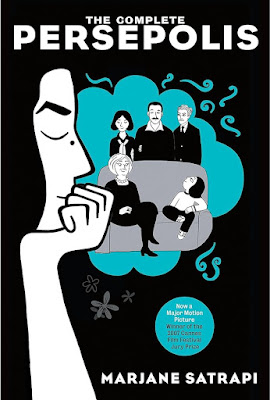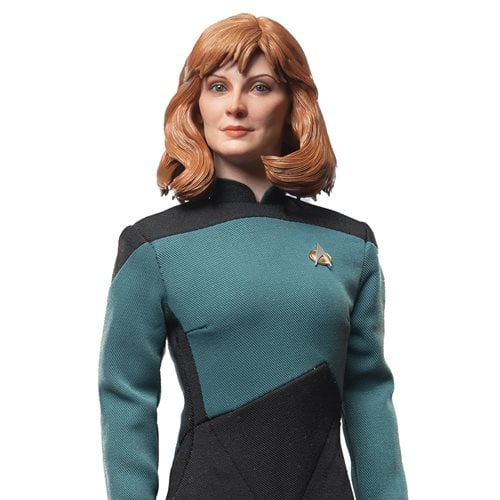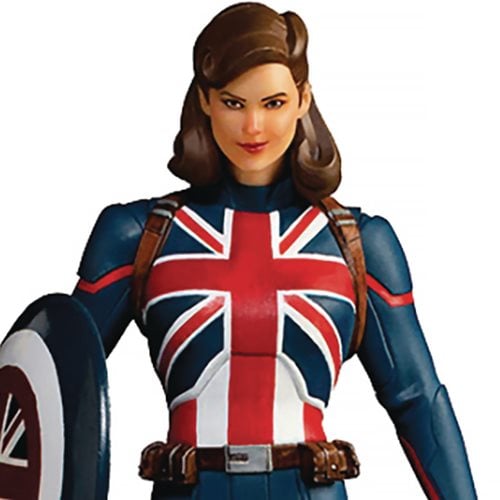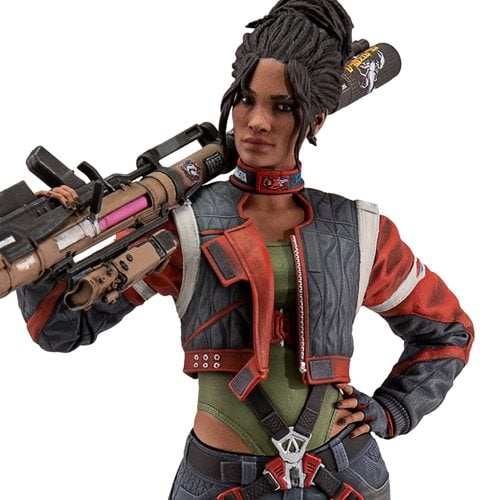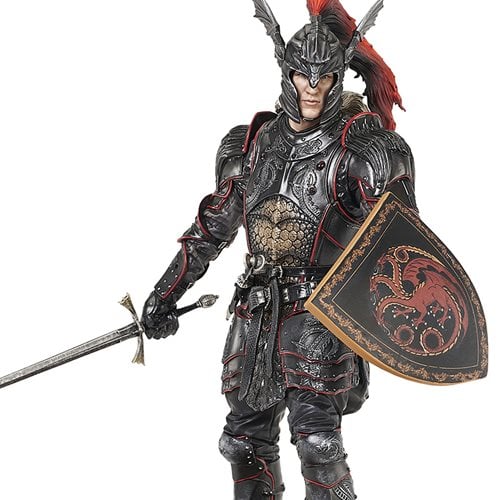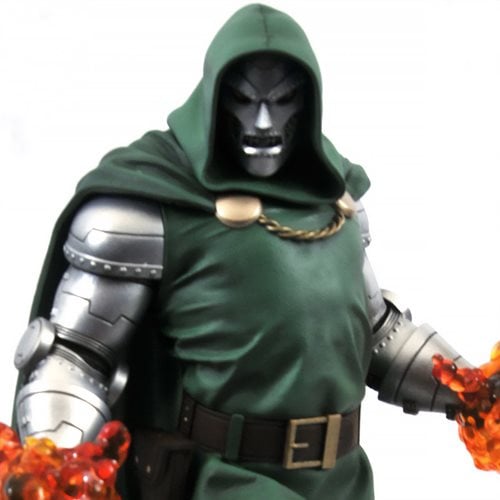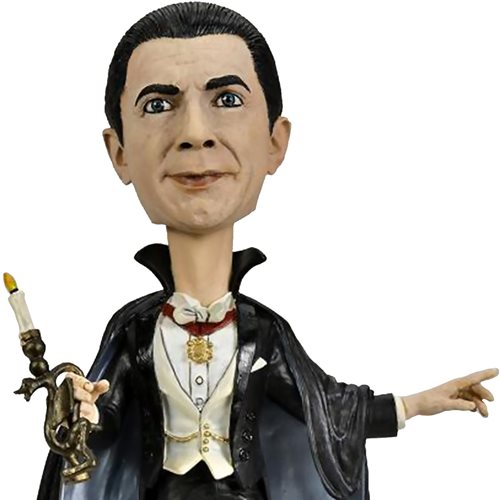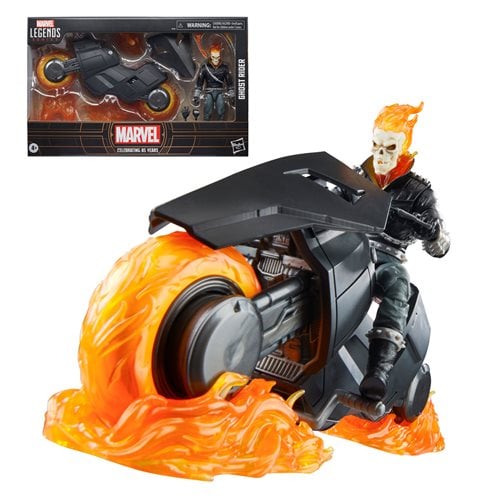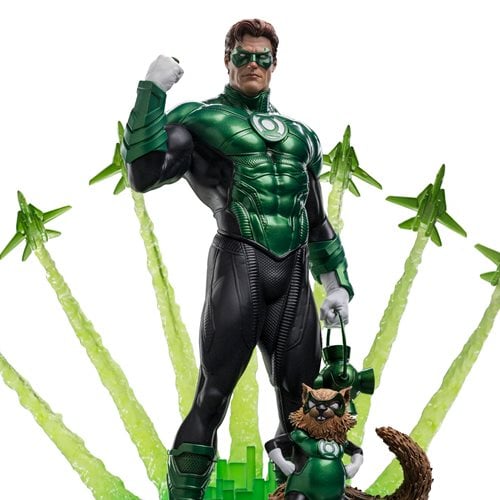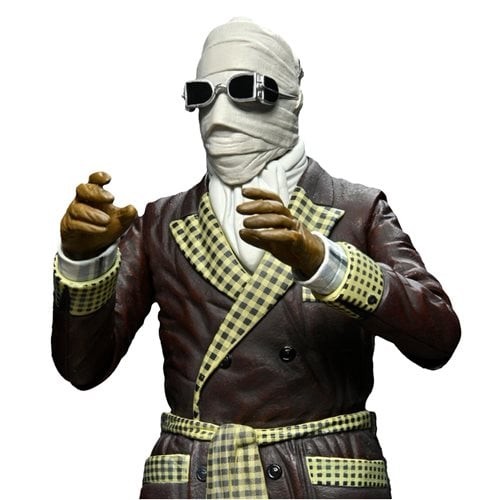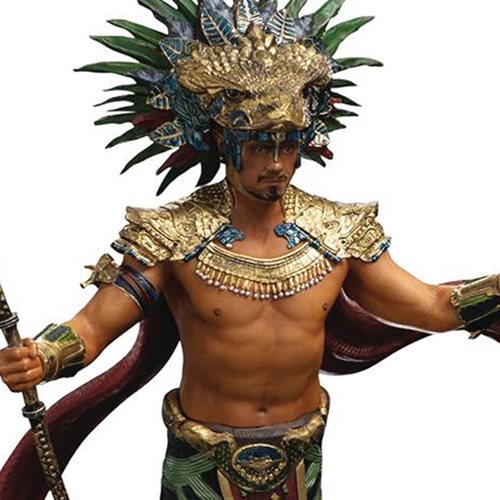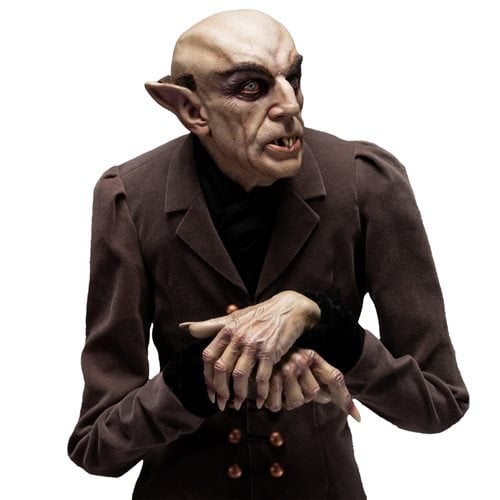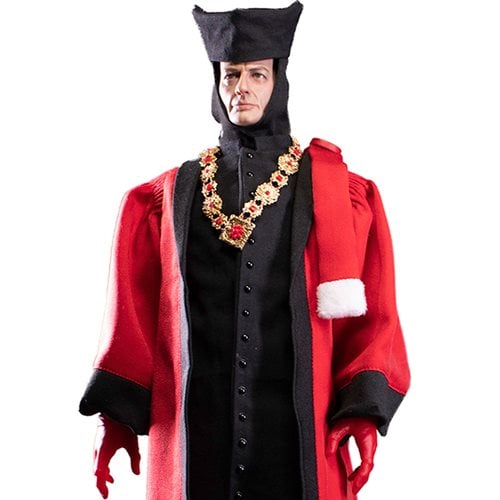Comic books have been a powerful medium for storytelling. They blend narrative and art in
ways that captivate audiences globally,
1. "Batman: The Dark Knight Returns" by Frank Miller
This seminal work redefines the "Batman" mythos. It presents an older, grittier 'Bruce Wayne' who returns to combat crime in 'Gotham City'. The comic delves deep into the psyche of an
aging hero grappling with his legacy, societal decay, and his unyielding sense of justice. It
addresses the psychological and physical toll of a lifetime dedicated to vigilantism.
Miller’s dark, bold lines and stark color contrasts create a shadowy noir atmosphere. He
emphasizes the grim and dystopian world 'Batman' inhabits. The visual narrative is
punctuated by dramatic shadows and intense action sequences. It creates a sense of
urgency and tension that mirrors the story’s themes, with Lynn Varley’s color work adding depth
and mood.
2. "Maus" by Art Spiegelman
"Maus" blends memoir and history as it narrates the 'Holocaust' survival story of Spiegelman's father. It intertwines harrowing experiences of war with the
complex dynamics of a father-son relationship. It highlights the lingering trauma and struggle for understanding across generations. The narrative structure, alternating between
past and present, offers a look at the impact of history on personal identity
and memory.
The use of anthropomorphic characters—victims as mice, Nazis as cats—provides a stark visual metaphor. It is paired with raw, sketch-like illustrations that convey deep
emotion. This stylistic choice simplifies but makes the work accessible to a broader audience. The black-and-white palette underscores
the stark realities and moral complexities of horrific events depicted.
3. "Watchmen" by Alan Moore and Dave Gibbons
Available digitally as a new animated TV series, releasing Chapter 1, August 13, 2024, this complex narrative deconstructs the superhero genre. It explores themes of power,
morality and identity against a backdrop of 'Cold War' anxieties. The story presents flawed,
deeply human characters whose superpowers amplify rather than resolve their personal and
ethical dilemmas. It critically examines the concept of the hero. It also questions the impact
of vigilantism on society. It presents a morally ambiguous world where the lines between
good and evil are blurred.
Gibbons’ meticulous, realistic style, coupled with a nine-panel grid layout, creates a
cinematic feel. His work enhances the story’s psychological depth, capturing subtle expressions and nuanced body language, enriching the character
development. The symbolic use of recurring motifs and a limited color palette, particularly
the iconic use of yellow and black, contributes to the graphic novel’s rich visual storytelling.
4. "Astro Boy" by Osamu Tezuka
Set in a futuristic world, "Astro Boy" tackles issues like robotics, humanity and ethical conflicts through the adventures of a 'robot boy'. It addresses profound questions about what it means to be human, the moral implications of technology and the potential for coexistence between humans and robots. The series is a pioneer in exploring themes of artificial intelligence and ethics.
Tezuka’s distinctive 'big eyes' style, influenced by Disney, is iconic in manga, expressive and emotionally resonant. His dynamic compositions and
innovative panel layouts drive the action forward, while providing clarity and
emotional depth.
The whimsical yet detailed design of Astro Boy himself has become a
symbol of both innocence and futuristic optimism and for those looking to indulge in the thrill of futuristic gaming, Best Slots offers a comprehensive
platform featuring a variety of popular slot games. One of the standout options is Sweet Bonanza free play, allowing players to experience the excitement of this candy-themed slot
without any financial risk. The website provides a user-friendly interface and secure
environment, ensuring a seamless and enjoyable gaming experience.
5. "Persepolis" by Marjane Satrapi
This is an n autobiographical account of Satrapi's childhood and early adult years in Iran during and
after the 'Islamic Revolution'. It offers a personal perspective on the political upheavals and
cultural shifts. It blends the innocence of a young girl’s perspective with the harsh realities of
war and repression. "Persepolis" also highlights the resilience and adaptability of individuals in
the face of societal constraints and personal loss.
The stark, black-and-white drawings are deceptively simple yet powerful. They capture the
intense emotions and complex political landscape of the time. Satrapi’s use of bold, clean
lines and high contrast enhances the narrative’s clarity and impact. The visual simplicity
allows the story’s emotional and historical weight to shine through, becoming a powerful example of a graphic memoir.
6. Sandman by Neil Gaiman
In a rich tapestry of myth, horror, and fantasy, "Sandman" follows the adventures of 'Dream', one
of the 'Endless', exploring themes of storytelling, change and the human condition. Gaiman
weaves together mythology, literature and folklore, creating a deeply layered narrative
that examines the nature of dreams, destiny and the power of stories. Each volume
explores different facets of human experience, as a profound reflection on life
and imagination.
The series boasts diverse artistic styles, from the gothic elegance of Dave McKean’s covers
to varied interior art that shifts with each storyline, enhancing its dreamlike quality. Each
artist brings a unique vision. They create a visual diversity that complements the series’
thematic richness. The intricate, often surreal illustrations support the otherworlly atmosphere
and complex narratives, making Sandman a landmark in comic book artistry.
7. "Asterix" by René Goscinny and Albert Uderzo
Set in ancient 'Gaul', "Asterix" and his friends resist 'Roman' occupation. The storyboard
provides a humorous yet insightful look at culture, resistance and identity. The stories
cleverly parody historical events and figures. It offers sharp social commentary alongside
lighthearted adventures.
The enduring friendship of 'Asterix' and 'Obelix' underscore themes of loyalty and the triumph of the underdog, with Uderzo’s vibrant, detailed illustrations full of character, with exaggerated
expressions and dynamic action. The visual humor,
intricate backgrounds and expressive character designs enhance the storytelling. All this
makes the series visually engaging for readers of all ages, with the consistency and charm of the illustrations contributing significantly to the series’ lasting appeal.
8. "Akira" by Katsuhiro Otomo
This 'cyberpunk' epic addresses themes of power, corruption and rebellion in a post-
apocalyptic Tokyo. It delves into the consequences of unchecked technological
advancement and the human desire for control and dominance. Akira also explores the
potential for redemption and change, making it a profound commentary on society and the human condition.
Otomo’s hyper-detailed, dynamic art is groundbreaking, with fluid action sequences and a
richly constructed world that has influenced countless creators. The meticulous
backgrounds, intricate character designs and cinematic panel compositions create an
immersive experience, with the use of detailed linework and dramatic lighting enhancing the dystopian atmosphere.
9. "Tintin" By Hergé (Georges Remi)
The adventures of young reporter 'Tintin' cover a range of genres, from mystery and
science fiction to political thriller. They often reflect global issues of the time. The series is
known for its adventurous spirit, integrity and curiosity. Each story offers a new
exploration of different cultures and geopolitical landscapes, making it a timeless classic.
Hergé’s 'ligne claire' illustrations are characterized by clean, precise lines and flat colors. His style
provides clarity and vibrancy that make Tintin’s adventures universally appealing. The
detailed backgrounds and consistent character designs ensure visual continuity and
readability. This style, combined with Hergé’s meticulous research and attention to detail,
brings authenticity and charm to the series, enhancing its storytelling.
10. "Saga" by Brian K. Vaughan and Fiona Staples
A 'space opera' that blends fantasy and science fiction, "Saga" explores themes of family,
conflict and love across a sprawling, war-torn galaxy. The story is deeply personal, focusing
on the struggles and growth of its central family, while also addressing broader issues of
war, prejudice and the search for identity, with bold narrative choices and complex characters.
Fiona Staples’ artwork is lush and imaginative, with vibrant colors and
expressive character designs that enhance the emotional depth and fantastical elements of
the story. Her ability to convey subtle emotions and dynamic action through fluid linework
and innovative layouts creates a stunning narrative, with a blend of realistic and
fantastical elements to ground the story in relatable human
experiences.
Click the images to enlarge...









.jfif)


